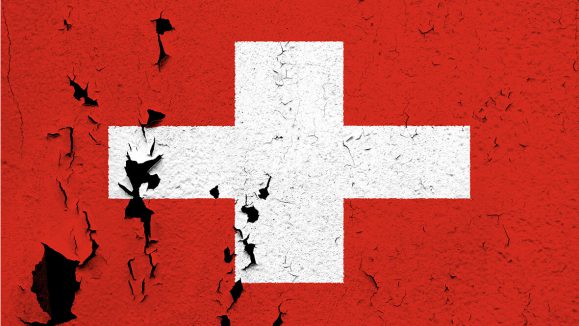Ophthalmologists from across the ASEAN region and Taiwan and India, recently convened at the Sukosol Hotel in Bangkok, Thailand, to participate in the first Department of Medical Services (DMS) ASEAN Medical Conference 2018.
The crowd was warmly welcomed by the Director General of the DMS, Dr. Somsak Akksilp and Deputy Director General, Dr. Pannet Pangputhipong, who stressed the importance of proactive discussion and collaboration to jointly improve healthcare services across the ASEAN region.
The conference hosted two highly anticipated forums, namely the ASEAN Ophthalmology Society (AOS) Retina Forum and the AOS Cornea Forum. The Taiwan-Thailand Retinal Meeting and the 3rd ASEAN Emergency Medicine Executive Meeting on ASEAN emergency medicine and disaster preparedness were also held during the three-day program.
During the retina forum, Dr. Hui-Chen Cheng from Taiwan shared findings from her study on the impact of air pollution in ophthalmology. Air pollution is a global hazard, with the highest particulate matter pollution found across the African and Asian continents. High amounts of nitrogen dioxide gas have shown to induce goblet cell hyperplasia as well as an increase in the incidence of ocular irritation, conjunctivitis and dry eyes.
Research indicates that high levels of air pollution impact deep retinal microvasculature, resulting in the narrowing of central retinal artery equivalents (CRAE) and even central retinal artery occlusion (CRAO). Altering activity patterns on high pollution days, reducing traffic density and the combusting of fossil fuels are key strategies in lowering the risk of health-related issues associated with pollutants.
Dr. Sritatath Vongkulsiri from the Phramongkutklao Hospital in Bangkok, spoke on 3-mm pars plana (PP) sutured fixation for posterior intraocular lens (IOL) dislocation using dislocated IOL. This is an alternative method to conventional treatment by transscleral ciliary sulcus (CS), which comes with risk of IOL complications including captured IOL and posterior iris rubbing. In his study, Dr. Sritatath found that there was good postoperative visual outcome and no significant postoperative complications associated with PP IOL fixation.
Dr. Tharikarn Sujirakul from the Ramathibodi Hospital at Mahidol University presented on paraneoplastic related retinopathies. Dr. Tharikarn highlighted that patients who suffer from retinal-based paraneoplastic syndromes present with a variety of clinical findings which differ from case to case and that diagnosis should be given due consideration in patients who present with bilateral rapid progressive visual loss, in spite of no history of previous malignancy. A thorough ocular and systemic history coupled with the use of multimodal imaging and electrophysiological testing is essential to achieving a diagnosis. Aggressive systemic work-up for primary or metastatic tumours should be done in every suspected patient.
In 2006, when optical coherence tomography (OCT) technology began to be widely available, macular telangiectasia (MacTel) was classified into type I and II: aneurysmal and perifoveal telangiectasia. Dr. Paisan Ruamviboonsuk from the department of ophthalmology at Rajavithi Hospital in Bangkok, Thailand, spoke about MacTel and highlighted the characteristics of both types. MacTel is diagnosed clinically and tests like OCT and fluorescein angiography (FA) are only to be used for confirmation of the diagnosis. While type I is generally unilateral, type II usually affects both eyes and is three times more common than type I. There is however, data that indicates that the prevalence of MacTel type I may be more common in Asians as compared to type II, with 74% in a Japanese cohort and 62.5% in a Korean cohort.
Editor’s Note: The first DMS ASEAN Medical Conference 2018 was held in Bangkok, Thailand, on 2-4 August, 2018. Representatives from Media MICE Pte Ltd and PIE Magazine were there to cover this milestone event.



